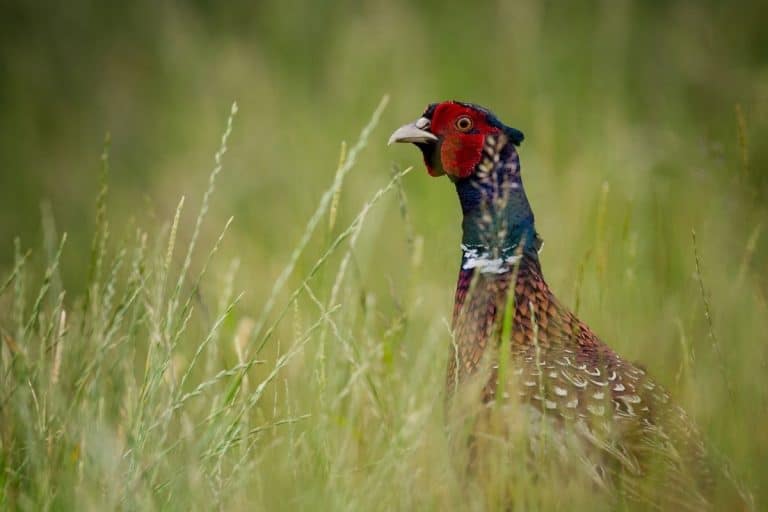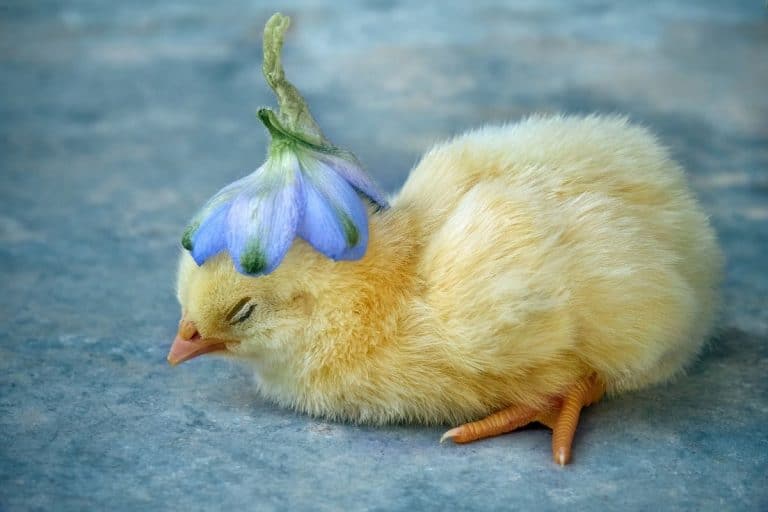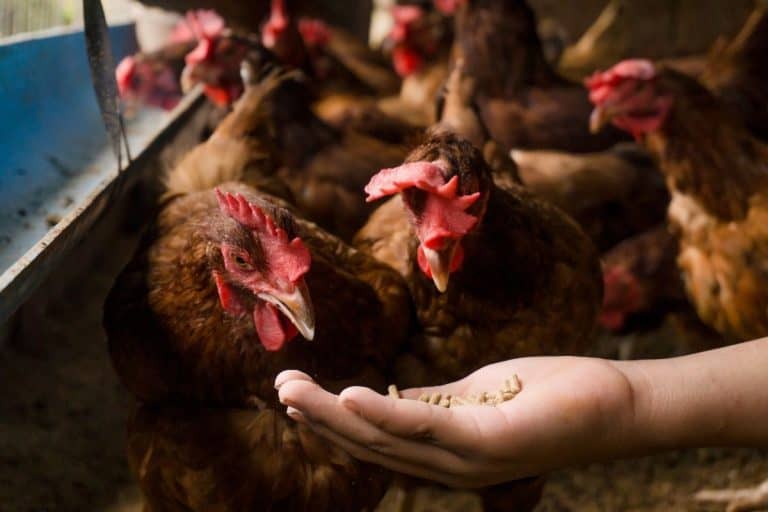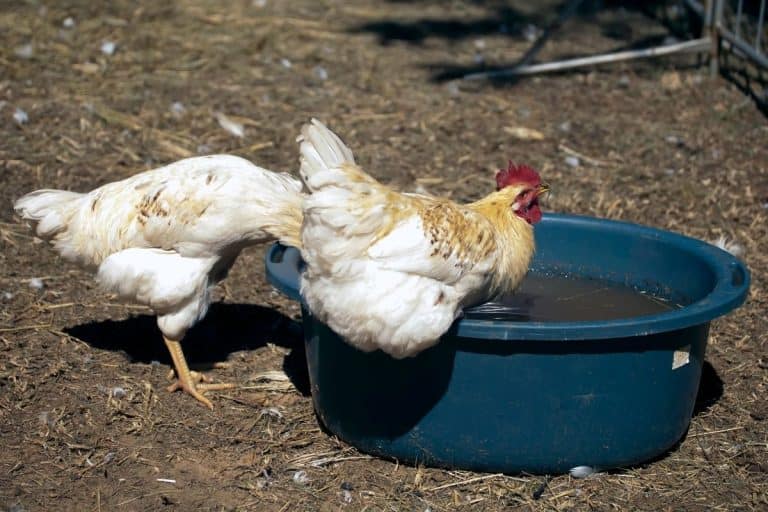Do Chickens Dream? (and what are they dreaming about)
Chickens are highly intelligent birds, and evolutionary changes have made their brain functionality far more complex than we previously thought. The complex brain allows chickens to have incredible life experiences similar to humans, one of which is dreaming.
Just like humans, chickens can also experience dreams when they are asleep. According to research, birds, including chickens, have a REM (Rapid Eye Movement) stage in their sleep that allows them to dream. However, a chicken’s ability to dream differs greatly from that of a human.
If you own chickens or are simply interested in knowing more about these birds and if they dream, you’ve come to the right spot. This article is a detailed guide put together by a small animal veterinarian on interesting facts about chicken sleep and whether they experience dreams, so keep reading.
Hey chicken buddies: Quick heads-up before going further! I've put together a list of stuff I use and love for my flock. If you're curious about what keeps my hens happy, click here to find out.
Can Chickens Dream?
Chickens have dreams while sleeping, since research from 2019 has shown that almost every kind of bird experiences the REM phase when sleeping. Dreams occur during the REM stage in both humans and chickens. A chicken’s dreaming abilities, however, are significantly limited.
Chickens, for example, only have REM sleep for a few minutes or even seconds, thus their dreams are equally limited to this time frame. They cannot have dreams for as long as we do.
Chickens have polyphasic sleep, which means they sleep in short bursts but can sleep for extended durations if they want to. However, when taking short afternoon naps, chickens do not have the ability to experience dreams. It is only possible when they are in deep sleep during the REM.

Chickens, like humans, have a non-REM (NREM) sleep phase as well. During this phase, their brain activity decreases and they transition from light sleep to deep sleep. As a result, when the chickens are in the non-REM (NREM) sleep phase, they do not experience dreams.
Also, during slow-wave sleep (USWS), when one-half of a chicken’s brain is active while the other is sleeping it doesn’t have the ability to dream.
If you want to discover more about dreams and interesting facts regarding chicken sleep, here is a YouTube video that can help you:
Wait, I have some recommendations for you!
Before you go any further, I want you to take a look at some of the recommendations I've handpicked for you. I think these are essential items you should have for your chickens flock. You can check them out and buy them directly from Amazon.
 |  | 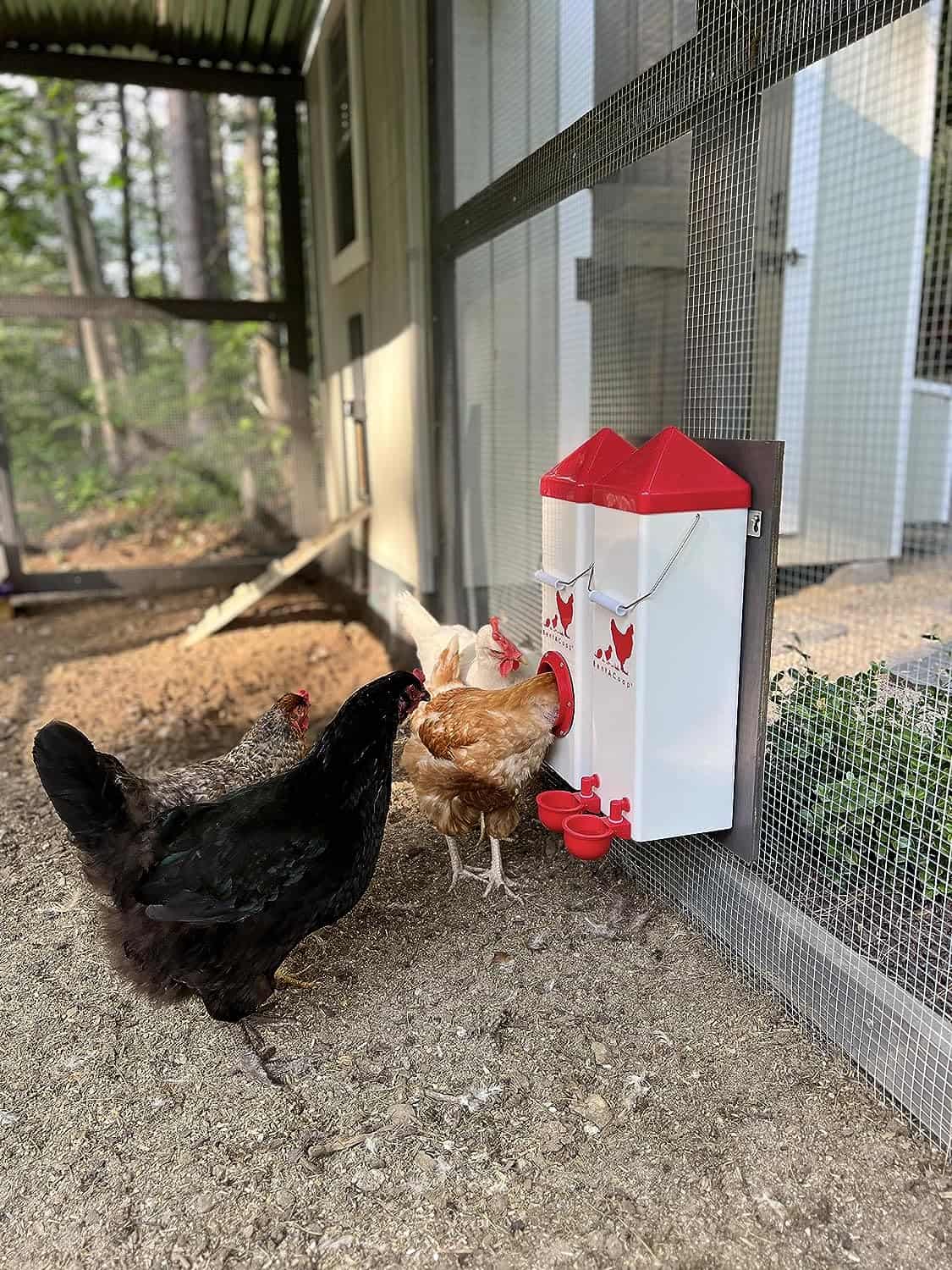 |  |
| Essential accessory for your coop | No more tripping over hoses! | Predator protection made easy | Comfort + style is possible |
Do We Know What Chickens Dream About?
There is little scientific research on what chickens dream about, therefore no one knows for sure. Considering our own example, chickens may dream about their daily life experiences.
A chicken might dream about its preferred resting place, fellow chickens, food, and other experiences. A chicken may also dream about negative occurrences such as a fight, a predator attack, or an injury.
But these are all human ideas, and no one knows exactly what chickens dream about and how it affects their life.
Do Chickens Dream In Color?
There is no scientific proof that chickens dream in color. Nevertheless, since humans can only dream in colors that we see in real life, the same holds true for chickens.
Humans have trichromatic vision, whereas chickens have tetrachromatic vision. Chickens can see red, blue, and green light, as well as ultraviolet light.
Given the colors that chickens see on a daily basis, we can assume that their dreams are also limited to these colors.
Can Chickens Have Nightmares?
There is no scientific evidence or research that suggests that chickens have nightmares. Based on the dreaming ability of chickens, I believe they are unable to experience nightmares since their dreaming abilities are quite limited in comparison to humans.
Their dreams last only a few seconds to minutes, and they do not exhibit any emotional or behavioral changes when they dream, as people do.
So, the next time you hear noises from your chicken coop at night, don’t assume your chickens are having nightmares; instead, go investigate because one of the main reasons chickens make noise at night is when they are being attacked by a predator or if there is damage to the coop due to bad weather.
Can Chickens Sleep With Both Eyes Open?
Chickens cannot sleep with both eyes open, but they can sleep with one closed and one open. This sleeping pattern is known as unihemispheric or slow-wave sleep (USWS).
Half of the brain relaxes during USWS sleep, while the other half remains awake. Chickens sleep like this to stay alert to predators. Each eye in a chicken is controlled by the opposite hemisphere of the brain.
For example, a chicken’s left eye is controlled by the right hemisphere of its brain, whereas its right eye is controlled by the left hemisphere of its brain.
One interesting fact about USWS sleep in chickens is that when many chickens sleep side by side on a perching bar, the ones that sleep on the edges keep one eye open (the eye that is outside or away from the middle).
The hens sleeping in the middle sleep with both eyes closed since they don’t have to worry about their security because the chickens on the perching bar’s edges do it for them.
When the chickens on the edges want to rest their open eye, they will rotate 180 degrees. Now they will open the other eye that is now outside and close the opposite eye so the corresponding part of their brain can rest.
This fascinating characteristic was discovered in mallard ducks, but it also exists in chickens. The hens at the bottom of the pecking order usually sleep on the edges and take guard, while the roosters sleep in the center.
Chickens make use of USWS sleep when they feel threatened or if there is a predator nearby. If your chickens feel secure and safe, they will normally sleep with both eyes closed.
Comparison Between Human Dreams/Sleep Patterns Compared To Chickens
Some of the major similarities and differences between human and chicken dreams and sleep are as follows:
Duration
The duration of chicken sleep differs greatly from that of human sleep. The optimal duration of human sleep is 6 to 8 hours.
Chickens, on the other hand, sleep between 8 and 12 hours every day and have polyphasic sleep (sleeping in multiple brief periods but if they want they can sleep continuously for longer durations as well). Humans typically have a monophasic sleep pattern.
Preferred location
While we prefer to sleep in a comfortable setting like a bed, the chickens do not. Chickens are vulnerable birds, and their only defense against predators in the wild is to sleep high up in the branches.

Because chickens prefer to sleep in high places, I recommend installing perching bars in your coop so they may roost securely at night. Even though they are safe in a coop, having perching bars adds to their mental satisfaction. Chickens also prefer to huddle together when sleeping, especially if it is cold outside.
Dreams
Although both people and chickens can have dreams while sleeping, their experiences are vastly different.
REM sleep, which is characterized by fast eye movements and increased brain activity, is typically associated with vivid dreams in humans. Dreams in humans can be a combination of sensory experiences, emotions, and memories.
REM sleep is also experienced by birds, including chickens. However, because the REM period lasts only a few seconds in chickens, their dreams are shorter than those of humans and chickens don’t exhibit any emotional or behavioral changes when dreaming.
Sleep pattern
According to Niels Rattenborg, Head of the Sleep and Flight in a Birds research group at Germany’s Max Planck Institute for Ornithology, “the sleeping patterns of birds, including chickens, are far more similar to those of mammals than they are to their closest relatives like amphibians and reptiles.”
When we compare a chicken’s sleep patterns to those of humans, we find some similarities as well as some differences.
When we sleep, we have no fear of predators, but a flock of chickens, even in the protection of a coop, does not because it is built into their genetics to feel that way. Chickens’ sleep patterns are heavily influenced by their fear of predators.
Chickens, like humans, have REM sleep, although it only lasts a few seconds to minutes, whereas it can last up to an hour or more in humans.
Deep sleep or slow-wave sleep (‘SW sleep’) is experienced by humans. If we are sleep deprived, the intensity of our sleep will increase and we will sleep more deeply the following time we sleep in order to recover.
Scientists have discovered that the same is true for birds such as chickens. For example, if a chicken has not slept properly due to fear of a predator and is sleep deprived, it will sleep more deeply rather than sleeping for a longer period of time. Sleep deprivation also doesn’t seem to affect the performance of chickens.
The duration of SW sleep differs greatly between humans and chickens. SW sleep may last for hours in humans, but only a few minutes or seconds in chickens. This sleeping behavior is especially seen during chicken afternoon naps when they sleep in brief bursts every few minutes.
More information about sleep in chickens are available on this website:
- How Many Hours Do Chickens Sleep? (Times, habits and tips)
- How Do Chickens Sleep? (Rules, meaning and tips for owners)
- Do Baby Chickens Sleep A Lot? (Should you worry about it?)


